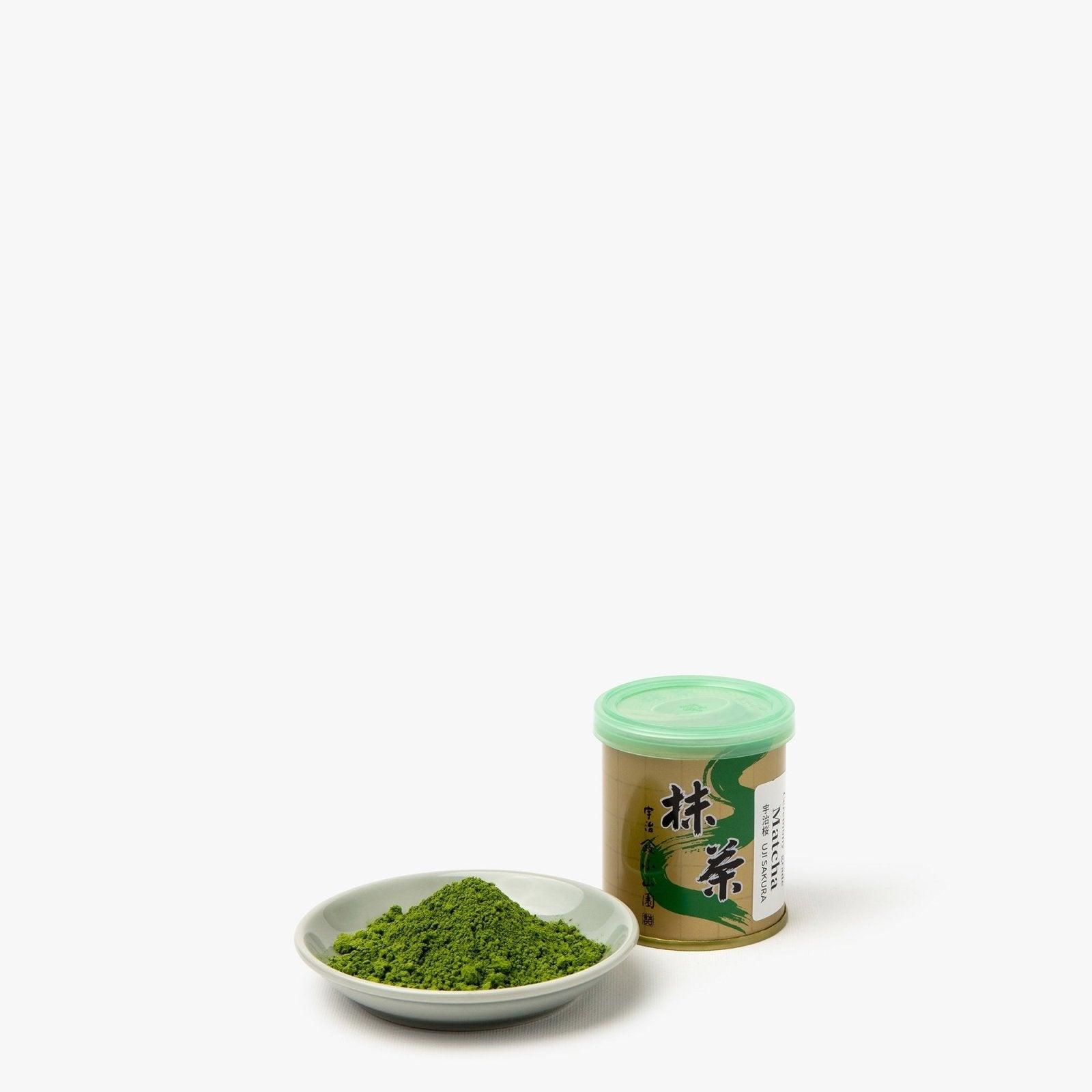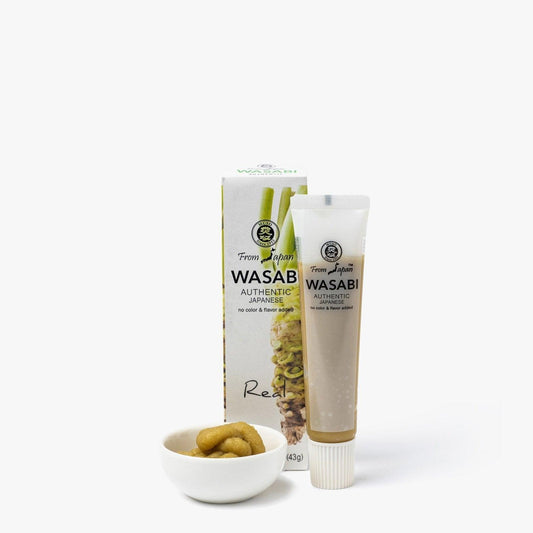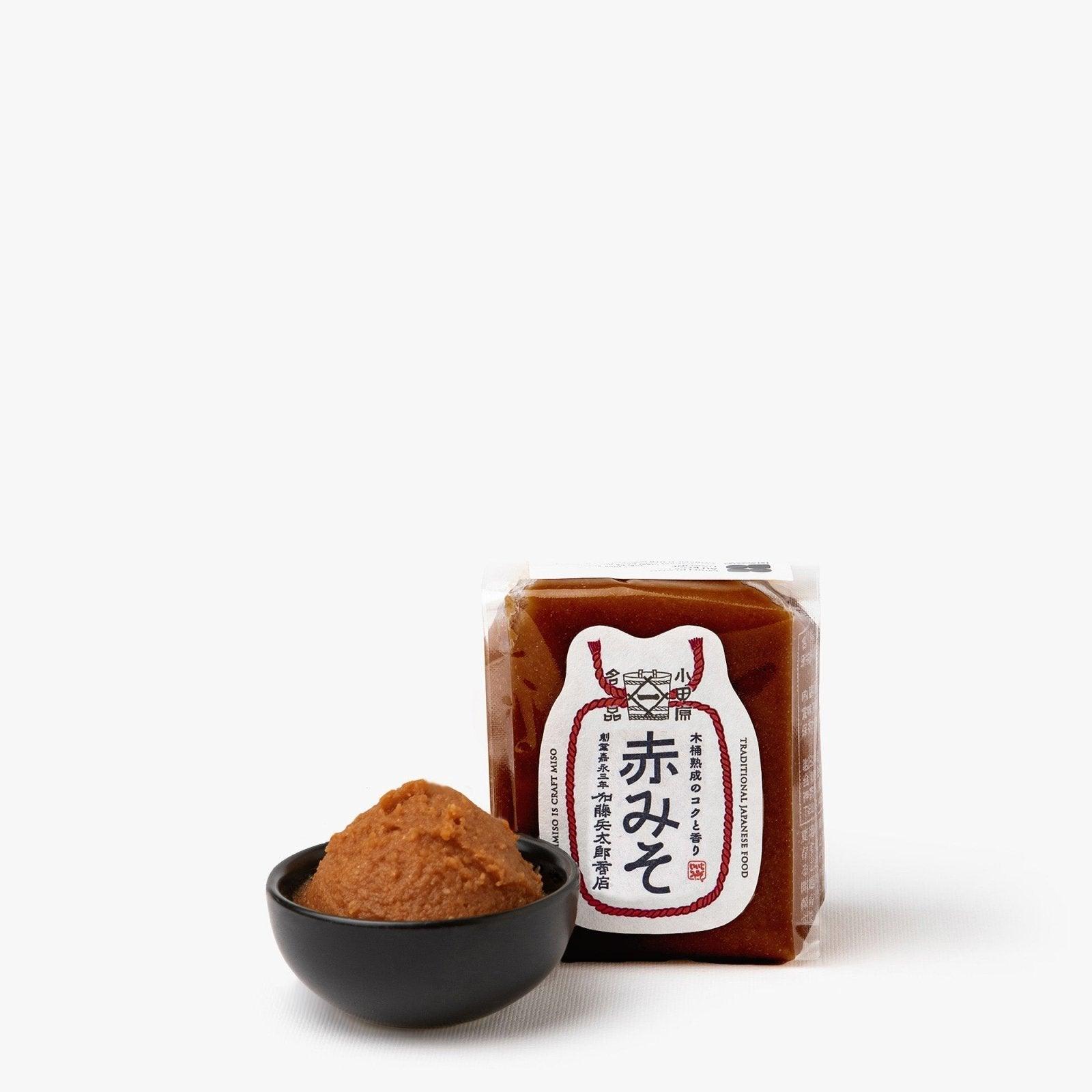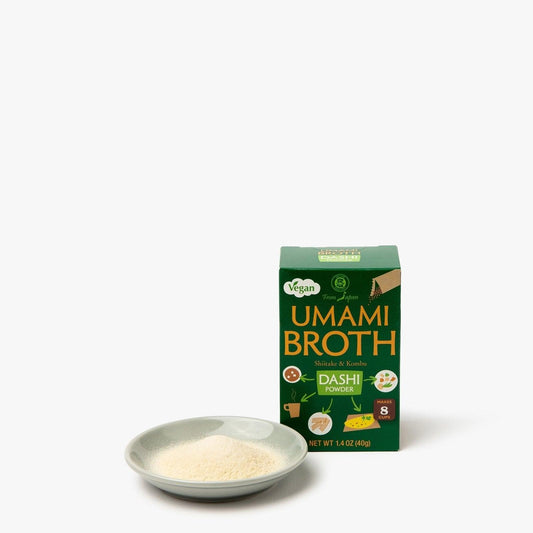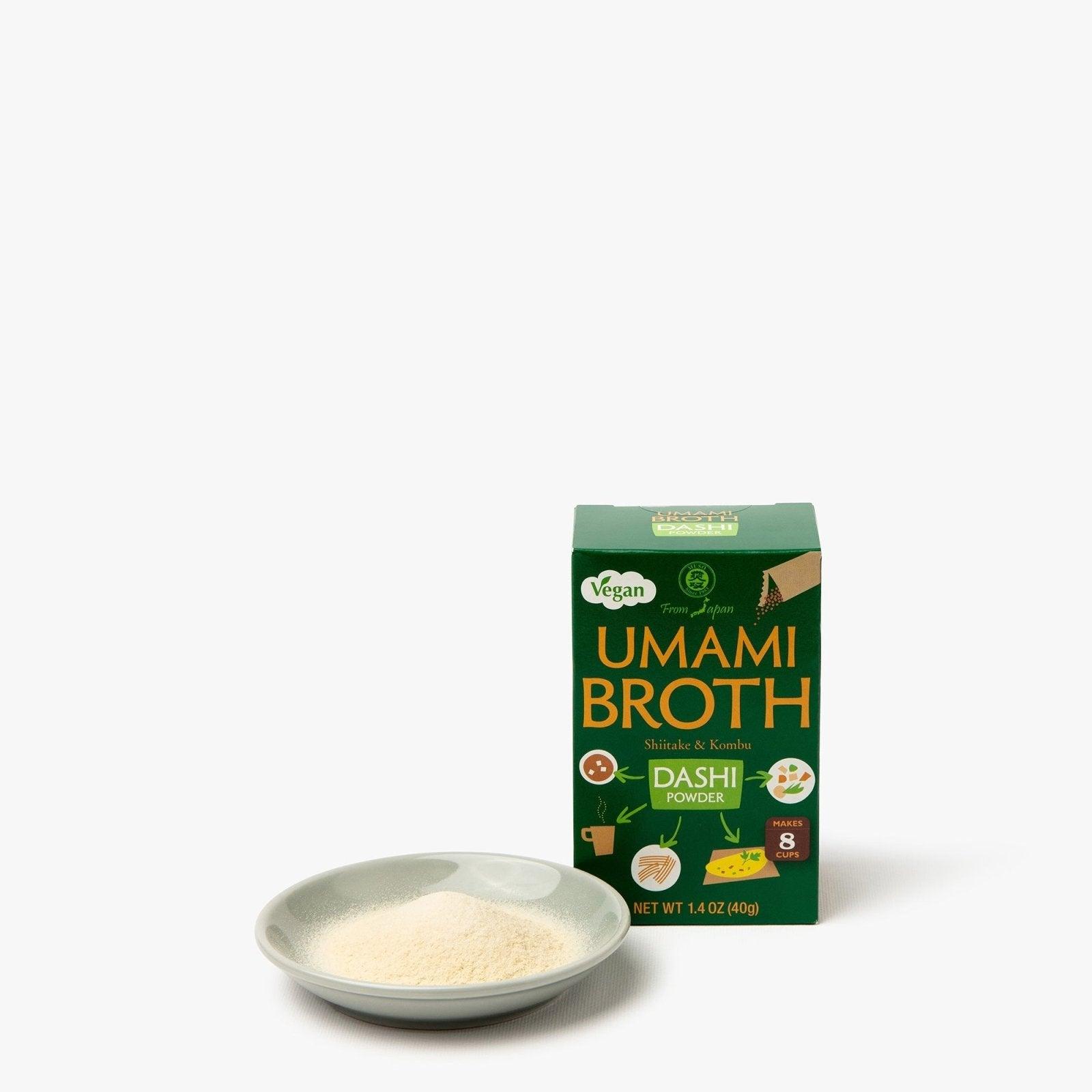Matcha, the finely ground green tea powder, is becoming increasingly popular around the world, not only for its health benefits, but also for its rich flavor and multiple culinary applications. However, faced with a varied and sometimes complex offering, it can be difficult to know which matcha to choose. Whether you're a passionate amateur or a curious beginner, it's essential to understand the differences between matcha types so you can make the best choice to suit your preferences and needs.
Table of contents
- Manufacturing steps
- The different grades of matcha
- The color of matcha
- Where matcha comes from
- Storage tips
- Conclusion
Manufacturing steps
1. Sheet selection
The matcha production process begins with the selection of tea leaves. To obtain high-quality matcha, only young shoots are picked. These leaves, known as "tencha", are those that have been protected from direct light for several weeks before harvesting, with the aim of increasing chlorophyll and starch production, while reducing the presence of tannins. This technique, known as shadinggives matcha its vibrant green color and sweet taste.
Matcha leaves are also sorted according to quality. The best leaves are harvested in spring, during the first harvest (shincha), when the tea is richest in aroma and nutrients. This early harvest produces softer, sweeter leaves, ideal for premium matchas. Subsequent harvests later in the year produce less tender, lower-quality leaves, often used for matchas intended for culinary purposes.
2. Sheet processing
Once picked, matcha leaves undergo a delicate treatment to preserve their properties. After harvesting, the leaves are steamed to stop oxidation and preserve their brilliant green color. This step is crucial, as it keeps the chlorophyll intact and prevents the leaves from oxidizing, which would give them a more astringent taste. After steaming, the leaves are dried and sorted to keep only the best.
The tea leaves are then stripped of their stems and veins. This process leaves, which are rich in antioxidants and nutrients. The resulting leaves are called tenchaand serve as the basis for making matcha. It is these tencha leaves that are then ground to obtain the fine, precious powder that is matcha.
3. Stone grinding
Grinding the tencha leaves is a key stage in matcha production. Unlike other types of tea, matcha is ground to a powder using stone millstonesa long and painstaking process. Stone-grinding produces an extremely fine powder with a soft, silky texture. This traditional method is preferred to preserve the quality of the flavours and nutrients, as it generates less heat than modern mechanical methods, thus avoiding the degradation of sensitive molecules such as antioxidants and polyphenols.
Grinding also gives matcha its silky texture and extremely fine powder, which dissolves easily in water. Higher-quality matchas, such as those used for tea ceremonies, are ground more slowly and finely, while lower-quality matchas can be ground more quickly and less evenly.
The popularity of matcha is exploding around the world, but its manufacture remains a delicate art that takes time. To obtain a powder of incomparable finesse, tencha leaves are traditionally ground using a stone grinder, a slow process that preserves the full richness of aromas and nutrients. Faced with ever-increasing demand, producers have to make a choice: limit their sales or speed up the process by using machines rather than the stone millstone. While these modern methods enable increased production, they also alter the texture and intensity of matcha, raising an essential question: speed or quality?
4. Harvest time and its impact on flavour
Harvest time is one of the most important factors influencing matcha quality. Leaves harvested in spring springare softer and have a higher nutrient content, giving matcha a sweet, umami taste. This first harvest produces matcha of superior quality, with a bright green color and a taste rich in sweet and umami flavors.
The late harvestsLate harvests, in summer or autumn, produce less tender, more bitter leaves, which are used to make low-grade matchas, often for culinary purposes. These matchas are generally more affordable, but their flavor is more astringent and less complex.
The different grades of matcha
-
Ceremonial matcha: Ceremonial matcha is the very essence of Japanese green tea, a luxury product reserved for tea ceremonies. Prepared with the utmost rigor, it can be enjoyed in two ways: as koicha, a thick, intense matcha made with a lot of powder and little water, ideal for concentrated tasting during ceremonies, or as usucha, a lighter, airier matcha, perfect for moments of relaxation. Its delicate taste and silky texture make this matcha a true work of art to be savored slowly.

Matcha tea ceremony Sayaka no Mukashi ⋅ Ippodo Tea ⋅ 40g, €42.90
-
Premium matcha: Matcha premium is quality without compromise, a matcha that combines elegance and versatility. Although not intended for formal ceremonies, it offers a wealth of subtly umami flavours and a bright green color. It is made from slightly older leaves than ceremonial matcha, but still of the highest quality. This matcha is perfect for enthusiasts looking for a more refined taste experience than classic matcha, while remaining flexible enough to be used in a wide range of recipes, from drinks to desserts.
- Kitchen matcha: More accessible, kitchen matcha is a true ally for culinary creators. This matcha is designed primarily for use in the kitchen, thanks to its ability to blend harmoniously with other ingredients, whether for a matcha latte a touch of color in a smoothie, or even to add a unique dimension to your pastries. Subtypes include matcha caféperfect for hot or iced drinks, and matcha blendingwhich is perfect for sweet creations. Produced from older leaves, with a more robust and slightly more bitter flavour, it is generally grown with shorter or absent shade, resulting in a duller color and a less mild aromatic profile. It is often crushed using industrial machinery rather than a stone millstone, for a higher yield.
 Kitchen matcha tea - Yamamasa Koyamaen - 100g, €15.20
Kitchen matcha tea - Yamamasa Koyamaen - 100g, €15.20

Kitchen matcha tea - Aoi Seicha - 30g, €6.50
- Classic matcha: Classic matcha is the ideal choice for those who want to enjoy matcha on a daily basis without breaking the bank. Less refined than its premium or ceremonial cousins, it is nonetheless an excellent way to introduce the magic of matcha into your routine. Grown from slightly more mature leaves, sometimes with a higher proportion of stems and veins, grinding is sometimes mechanized to speed up production, which can result in a slightly grittier powder and a more vegetal taste. With its simpler, more balanced taste, it is perfectly suited to moments of relaxation or first matcha-tasting experiences.


Miyazaki Classic Matcha Tea - Rokubei Teaa- 30g, €24.50
The color of matcha
The color of matcha is one of the most revealing criteria of its quality. A good matcha should be bright greenA sign that it has been carefully cultivated and harvested. This intense color comes from the chlorophyll present in young leaves, especially those grown in the shade. The more vibrant the color, the richer the matcha is in antioxidants and nutrients.
On the other hand, a matcha with a duller or more yellowish color may indicate that it has been less well cultivated or that it has aged. Color is therefore an excellent indicator of the freshness and quality of your matcha before you taste it.
However, it's important not to rely solely on this element: some manufacturers add colorants to give an artificially intense green to lower-quality matcha. Texture, aroma and taste remain essential criteria for choosing the right matcha.
Where matcha comes from
Where matcha comes from plays a crucial role in its quality, taste and unique characteristics. The Uji matchamatcha, from the Uji region near Kyoto, is recognized worldwide as one of the finest and most prestigious. This region is considered the cradle of matcha, and its terroir, combined with traditional cultivation methods, gives it exceptional qualities. The leaves are grown in the shade for several weeks before harvesting, allowing maximum concentration of nutrients and flavours. Uji matcha is often used in traditional Japanese ceremonies for its delicacy, umami sweetness and silky texture. Because of its complex, refined taste, it is also highly prized by connoisseurs seeking an authentic experience.
The Nishio matchas (from the Aichi region) and Kagoshima (located in southern Japan) are equally renowned, although they may offer slightly different taste profiles. Nishio matcha, for example, tends to be milder and sweeter, while Kagoshima matcha may have more herbaceous aromas and marine notes.
Apart from Japan, China and South Korea also produce matcha, although quality can vary considerably.
Chinese matcha is often more affordable, but is generally considered less refined than its Japanese counterpart. Its taste can be more herbaceous and less complex, with occasional notes of earth or hay. However, some regions such as Anhui and Zhejiang produce good quality matcha, particularly for culinary use. It is often used in beverages such as matcha lattes or in pastries, but is rarely preferred for pure tasting.
Korean matcha, though less well-known, is gaining in popularity. Already producing excellent green teas, Korea applies techniques similar to those used in Japan to grow its matcha, particularly on Jeju Island, where the volcanic soils offer ideal conditions. Quality can vary, but some Korean producers offer interesting matchas with a slightly sweeter, vegetal taste.
For pure enjoyment, however, Japanese matcha remains the undisputed benchmark, thanks to its subtle flavors and complex aromas.
Storage tips
As matcha is a very sensitive tea powder, its storage must be carefully managed to preserve all its freshness and aromas. Ideally, matcha should be stored in an airtight airtight containeraway from light, heat and humidity. To preserve its bright color and benefits, we recommend storing it in a cool place, especially if you're not going to consume it quickly. When properly stored, matcha can retain its freshness for several months.
However, once opened, it should be used within two to three months. two to three months to take full advantage of its aromas and nutritional qualities. By taking good care of your matcha, you'll be able to enjoy all its rich taste and health benefits.
Conclusion
Choosing your matcha is above all a question of taste, quality and use. Whether you're looking for a ceremonial matcha for an authentic experience, a premium matcha for its perfect balance, or a culinary matcha to enhance your recipes, each variety has its own specificities. By taking into account criteria such as color, origin and production method, you can select a matcha that meets your expectations. Last but not least, proper storage guarantees that this precious green powder remains fresh and beneficial. Now all you have to do is enjoy!
























